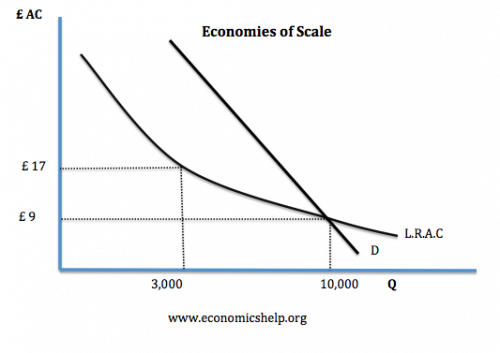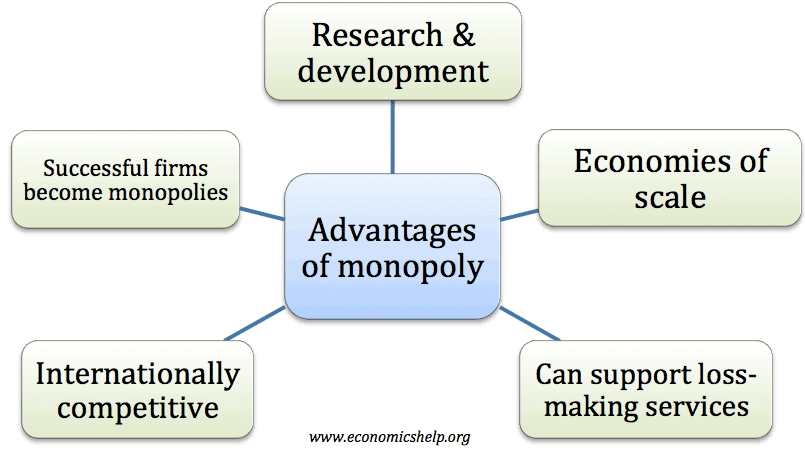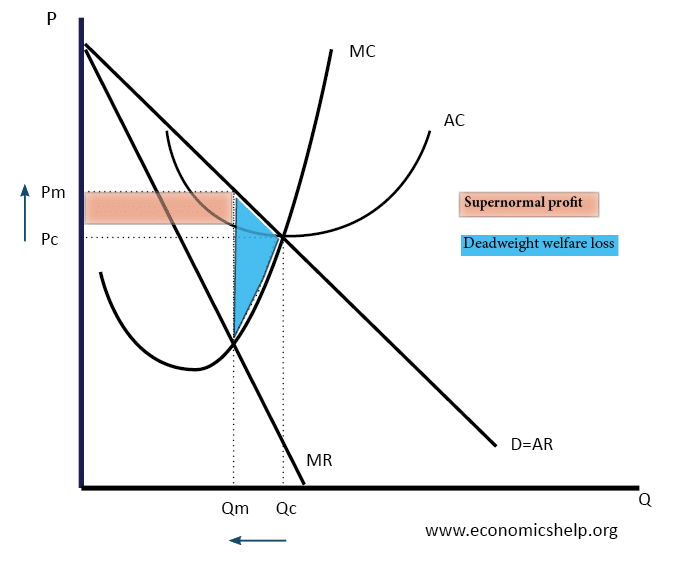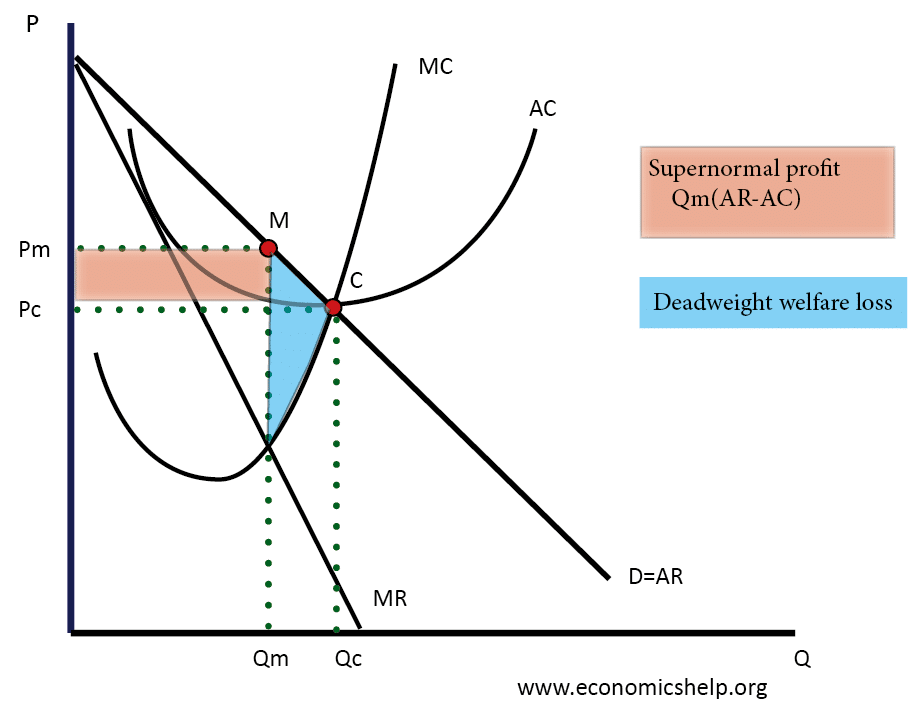Benefits of Monopoly Power
Monopoly power occurs when a firm has a dominant position in the market. A pure monopoly is when one firm has 100% of the market share. A firm might be considered to have monopoly power with more than 25% market share. The main benefits of monopolies include Economies of scale – lower average costs and …




